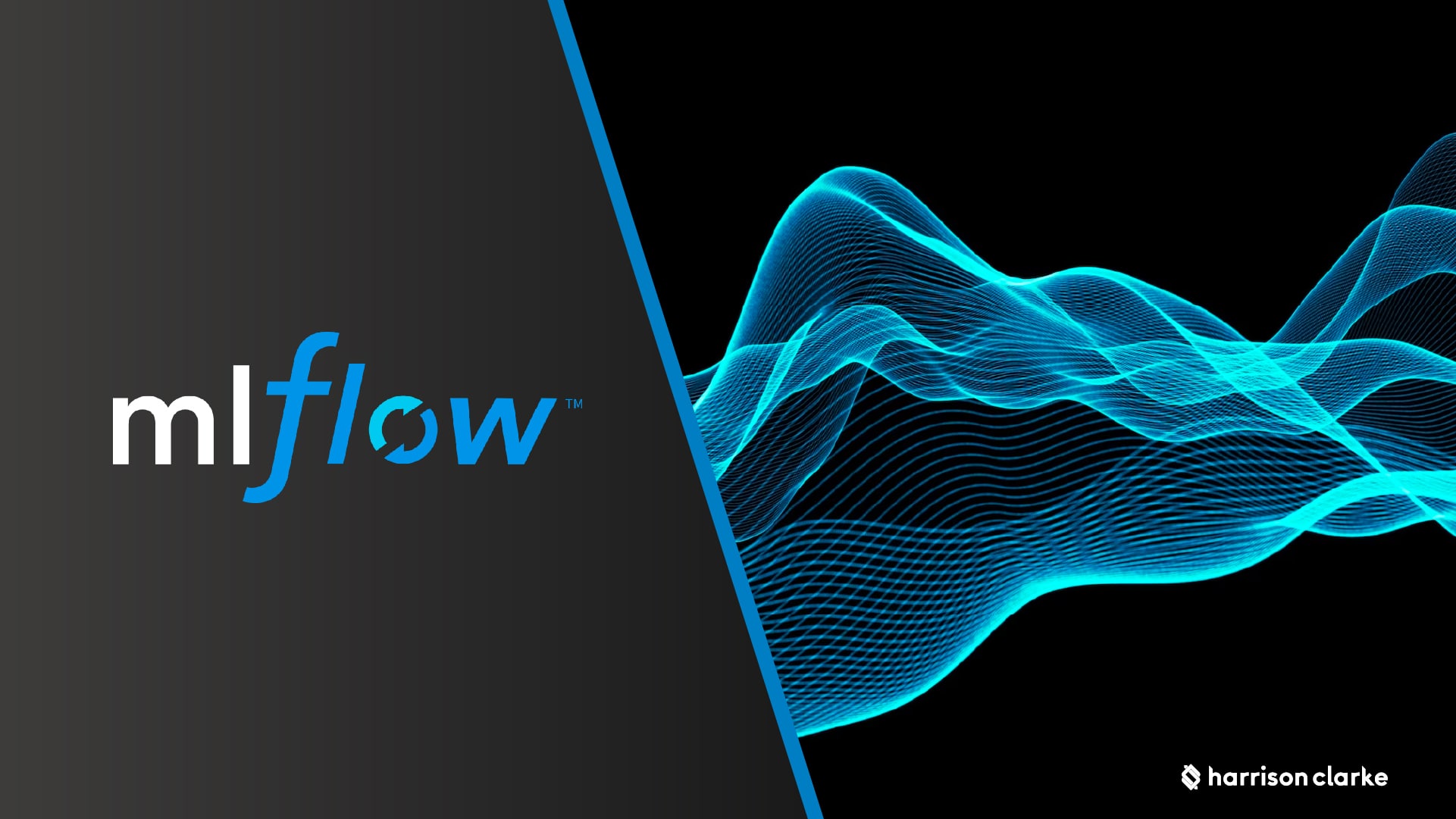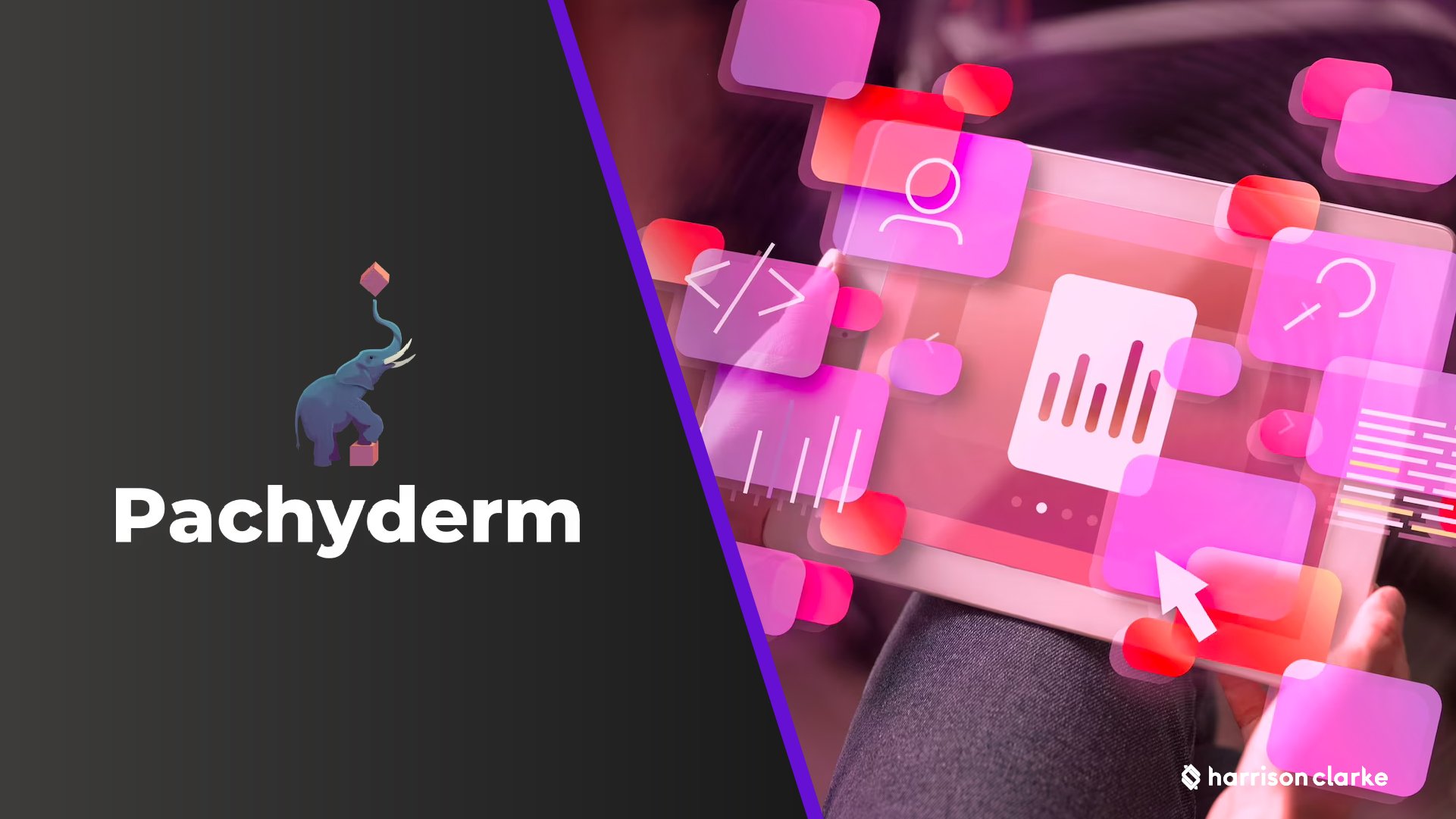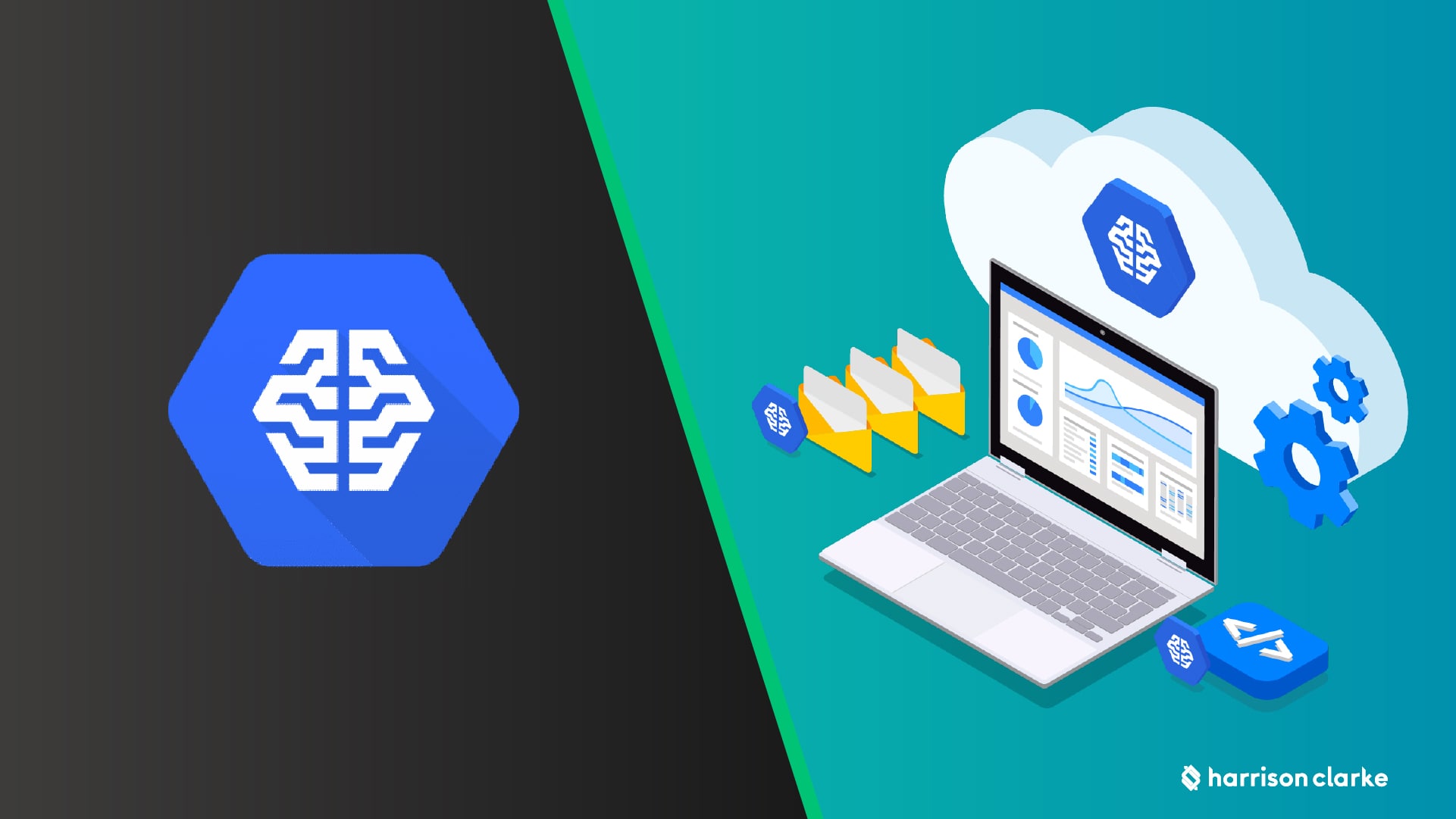As machine learning (ML) continues to become more advanced, so too does the need for MLOps tools and platforms that can help manage, deploy, and monitor ML models. With so many offerings on the market, it can be difficult to know which ones are the best fit for your business. In this blog post, we'll take a close look at some of the top MLOps platforms and tools available in the market today. We'll compare features, benefits, pricing, interoperability, integration capabilities, and more.
MLFlow
MLFlow is an open-source platform designed by Databricks to help data scientists manage and deploy their models quickly and easily. It features components such as Model Registry to manage model versions; MLflow Projects to package data science code into reproducible runs; MLflow Tracking to record and query experiments; and Model Serving to deploy models in production environments. It also offers Cloud-based deployment with AWS SageMaker or AzureML services. Additionally, it integrates well with existing workflows and tools such as Kubernetes & Docker containers for deployment.
Pachyderm
Pachyderm is a containerized platform that makes it easy for developers to build & deploy ML models through version control & git branching. It allows users to run multiple pipelines concurrently while also providing support for R/Python frameworks like TensorFlow & Scikit Learn out of the box. Pachyderm is an easy-to-use solution that offers scalability & reliability with advanced analytics capabilities such as monitoring & alerting for model performance over time. Additionally, it can be integrated into existing DevOps software stacks without any additional configuration or setup required.
Cloud ML Engine
Cloud ML Engine is a managed service from Google Cloud Platform (GCP) that enables developers to quickly build & deploy large-scale machine learning models in production environments without having to worry about hardware or scalability issues. It provides an intuitive UI that allows users to track model training jobs in real time & monitor performance metrics over time via GCP’s BigQuery tool. Furthermore, Cloud ML Engine integrates seamlessly with other GCP products like Dataflow & BigQuery making it easy to scale up deployments when needed without any additional configuration or setup required.
As machine learning continues to gain traction across industries, there has been an increasing demand for reliable solutions that can help simplify the process of deploying ML models into production environments with minimal hassle. To meet this demand, many companies have developed their own MLOps platforms and tools tailored towards different use cases ranging from small startups all the way up large enterprises looking for enterprise-level solutions.
In this blog post, we have compared some of the top offerings on the market today including Google Cloud MLEngine, Pachyderm’s containerized platform, and Databrick’s open source platform -MLFlow-. Each option offers its own set of features benefits and pricing points making them suitable for different use cases depending on specific requirements such as interoperability with existing tools/workflows or integration capabilities within existing DevOps software stacks etc.
Ultimately though, no matter which one you choose, you can rest assured knowing that all these solutions offer robustness, scalability, reliability, analytics capabilities, monitoring/alerting abilities as well as seamless integration options making them ideal choices when it comes time to choose an MLOps tool or platform tailored specifically towards your business needs!






